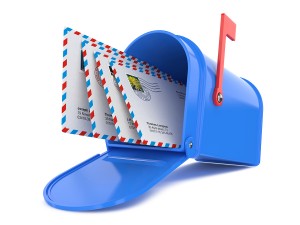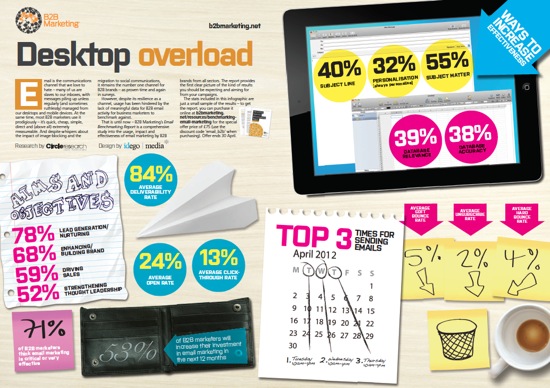Media coverage is not a given
January 16, 2014
 I have the opportunity to review many business plans and one thing that always causes me some concern is that every business owner believes that they can generate a significant amount of marketing exposure by getting media coverage.
I have the opportunity to review many business plans and one thing that always causes me some concern is that every business owner believes that they can generate a significant amount of marketing exposure by getting media coverage.
They pepper it throughout their plan because to them, it feels free and easy to get.
I hate to tell you, but media coverage is not a given.
My concern comes from how unrealistic business owners, non profit directors and business leaders are about the type and amount of media coverage they’re going to be able to garner.
Here’s the reality check most need:
- Most of what is newsworthy to you, is not newsworthy to the rest of the world.
- Most reporters/editors are bombarded with news releases – yours has to stand out to even catch their attention.
- Blinding sending your release to everyone is a sure to annoy most of them and reduce the likelihood of receiving any coverage.
- Good manners go a long way.
Let’s dig into each of those reality checks to see if we can identity some best practices that will increase your chances of getting the coverage you want.
It has to actually be newsworthy: Earning media coverage can be daunting. Journalists have a finite amount of space/time and they have to decide which stories are going to be of value to their audience.
As you consider pitching a story, ask yourself – how would the reporter sell this story to his editor? What benefit or value would the reporter’s audience get? What could make this story so compelling that someone would share it with someone else who hadn’t seen the news coverage?
If these questions have you stumped, odds are the story isn’t newsworthy and you shouldn’t risk damaging your credibility by pitching it.
You have 3 seconds to peak their interest: Reporters and editors get buried in pitch phone calls, emails, faxes and snail mail releases. They can’t possibly read all of them thoroughly. They’re going to read the headline and scan the release, so you need to write it with that in mind.
Your headline will make or break you. If it doesn’t grab the editor’s attention, you’re headed for the “thanks but no” pile in a hurry. Make sure your headline makes them want to read more and tells them exactly why this is something their audience needs to know about.
Don’t let your laziness or ignorance cost you coverage: Because of my blog, I get pitches from PR pros and business owners every day. I’m often embarrassed by their efforts. They clearly got my contact information from some list – but have no idea what I write about.
Before you hit send be sure you’re sending it to the right reporter and the right publication. Take the time to review the last few issues/shows and get to know the kind of content they routinely cover. Don’t embarrass yourself or irritate the reporter by waving your laziness under their nose.
Say please and thank you: Never forget the importance of having decent manners. Be helpful, be available and be grateful if they tell your story.
More important than just simple good manners – don’t be a pain. Don’t call them incessantly to see if they got your release or if they’re going to use it. Don’t get ticked when they tell you “thanks but not this time” or it will be the last time. And if you really want to earn their appreciation and trust – you might give them a story or two that don’t involve you or your clients.
Earning media coverage takes some time, some preparation and some forethought. But most of all – it requires you take an objective look at your “news” and only pitch it when it’s worth pitching.
More

 Who would have thought it?
Who would have thought it? 
 I totally get that you are trying to make a living and that someone at your radio station, newspaper, TV station, magazine etc. says that my client should be advertising with you. And maybe they should.
I totally get that you are trying to make a living and that someone at your radio station, newspaper, TV station, magazine etc. says that my client should be advertising with you. And maybe they should.
![image[1]](/images/2013/02/image1-300x200.jpg) For the past decade, we’ve been talking about experiential marketing. It’s not enough to create an awareness of your product — you need to, when you can, connect with your consumers (B2B or B2C) in as tangible and memorable a way as possible.
For the past decade, we’ve been talking about experiential marketing. It’s not enough to create an awareness of your product — you need to, when you can, connect with your consumers (B2B or B2C) in as tangible and memorable a way as possible.![image[4]](/images/2013/02/image4-300x200.jpg) A great example is what the folks at Axe have been up to. They’re launching a new line of product called Apollo.
A great example is what the folks at Axe have been up to. They’re launching a new line of product called Apollo.
 Normally at MMG, we caution clients to be careful of the “I don’t listen/watch/do therefore neither does my target audience” trap.
Normally at MMG, we caution clients to be careful of the “I don’t listen/watch/do therefore neither does my target audience” trap.











